Groundwater Treatment Operator Certification Manual
Usually dispatched in 2 to 3 days
Usually dispatched in 2 to 3 days
Category:
Operation & Maintenance
Only logged in customers who have purchased this product may leave a review.
Related products
Handbook-for-The-operation-of-Water-Treatment-Works
The term “water quality” describes the physical, chemical and microbiological characteristics of water. These properties collectively determine the overall water quality and the fitness of the water for a specific use. These properties are either intrinsic to the water or are the result of substances that are dissolved or suspended in the water. Water quality is only meaningful when evaluated in relation to the use of the water. The reason is that water of a certain quality may be fit for a specific use, but completely unfit for another use. For example, water that is fit for human consumption may not be fit as boiler feed water because the dissolved inorganic salts that are acceptable in drinking water, are not tolerated in boiler feed water, since they may precipitate and cause blockages in the boiler equipment. Water that is fit for domestic use (drinking water) must comply with specific requirements. The most important requirement is that it must be safe to drink.
Handbook-for-The-operation-of-Water-Treatment-Works
The term “water quality” describes the physical, chemical and microbiological characteristics of water. These properties collectively determine the overall water quality and the fitness of the water for a specific use. These properties are either intrinsic to the water or are the result of substances that are dissolved or suspended in the water. Water quality is only meaningful when evaluated in relation to the use of the water. The reason is that water of a certain quality may be fit for a specific use, but completely unfit for another use. For example, water that is fit for human consumption may not be fit as boiler feed water because the dissolved inorganic salts that are acceptable in drinking water, are not tolerated in boiler feed water, since they may precipitate and cause blockages in the boiler equipment. Water that is fit for domestic use (drinking water) must comply with specific requirements. The most important requirement is that it must be safe to drink.
Basic Math Concepts for Water and Wastewater Operators
Topics
General review of fundamentals
Hierarchy of operations
Manipulating equations
Fractions, Decimals, Percent
Data Management - averaging
Unit/dimensional analysis and conversion factors
Electricity
Temperature
Basic Math Concepts for Water and Wastewater Operators
Topics
General review of fundamentals
Hierarchy of operations
Manipulating equations
Fractions, Decimals, Percent
Data Management - averaging
Unit/dimensional analysis and conversion factors
Electricity
Temperature
Overview, Installation and Maintenance of Pumps, Valves and Piping
When you have completed this chapter, you will be able to do the following:
1. Recognize the principles of pump operation. 2. Identify the different types of pumps. 3. Identify an eductor.
4. Identify basic types and functions of valves. 5. Identify the types of steam traps. 6. Identify the different types of strainers.
7. Recognize the different types of filters. 8. Identify tubing and associated fittings. 9. Identify piping, associated fittings, and flange shielding.
10. Identify the types of packing and gasket material.
Overview, Installation and Maintenance of Pumps, Valves and Piping
When you have completed this chapter, you will be able to do the following:
1. Recognize the principles of pump operation. 2. Identify the different types of pumps. 3. Identify an eductor.
4. Identify basic types and functions of valves. 5. Identify the types of steam traps. 6. Identify the different types of strainers.
7. Recognize the different types of filters. 8. Identify tubing and associated fittings. 9. Identify piping, associated fittings, and flange shielding.
10. Identify the types of packing and gasket material.
Information Manual for Treatment Plant Operators
Introduction
Why was this manual created?
This manual was prepared to help wastewater treatment plant operators complete and submit their Discharge Monitoring Reports (DMRs) (sample DMR forms in Appendix B) and other annual reports to the Department of Ecology (Ecology). Many permittees also fill out a U.S. Environmental Protection Agency (EPA) DMR. This manual is also useful for completing the EPA form, if applicable. What if this manual is different from what I have been guided to do? This manual is intended to complement, but not supercede, the National Pollutant Discharge Elimination System (NPDES) or state waste discharge permit or applicable regulations, which are the legal documents to which the permittee will be held responsible. If ever there is a conflict between this guidance and either the NPDES/State Waste Discharge Permit or the applicable regulations, the permit or regulations will supercede this guidance.
Information Manual for Treatment Plant Operators
Introduction
Why was this manual created?
This manual was prepared to help wastewater treatment plant operators complete and submit their Discharge Monitoring Reports (DMRs) (sample DMR forms in Appendix B) and other annual reports to the Department of Ecology (Ecology). Many permittees also fill out a U.S. Environmental Protection Agency (EPA) DMR. This manual is also useful for completing the EPA form, if applicable. What if this manual is different from what I have been guided to do? This manual is intended to complement, but not supercede, the National Pollutant Discharge Elimination System (NPDES) or state waste discharge permit or applicable regulations, which are the legal documents to which the permittee will be held responsible. If ever there is a conflict between this guidance and either the NPDES/State Waste Discharge Permit or the applicable regulations, the permit or regulations will supercede this guidance.


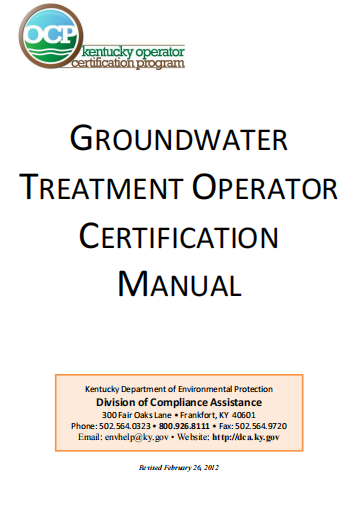
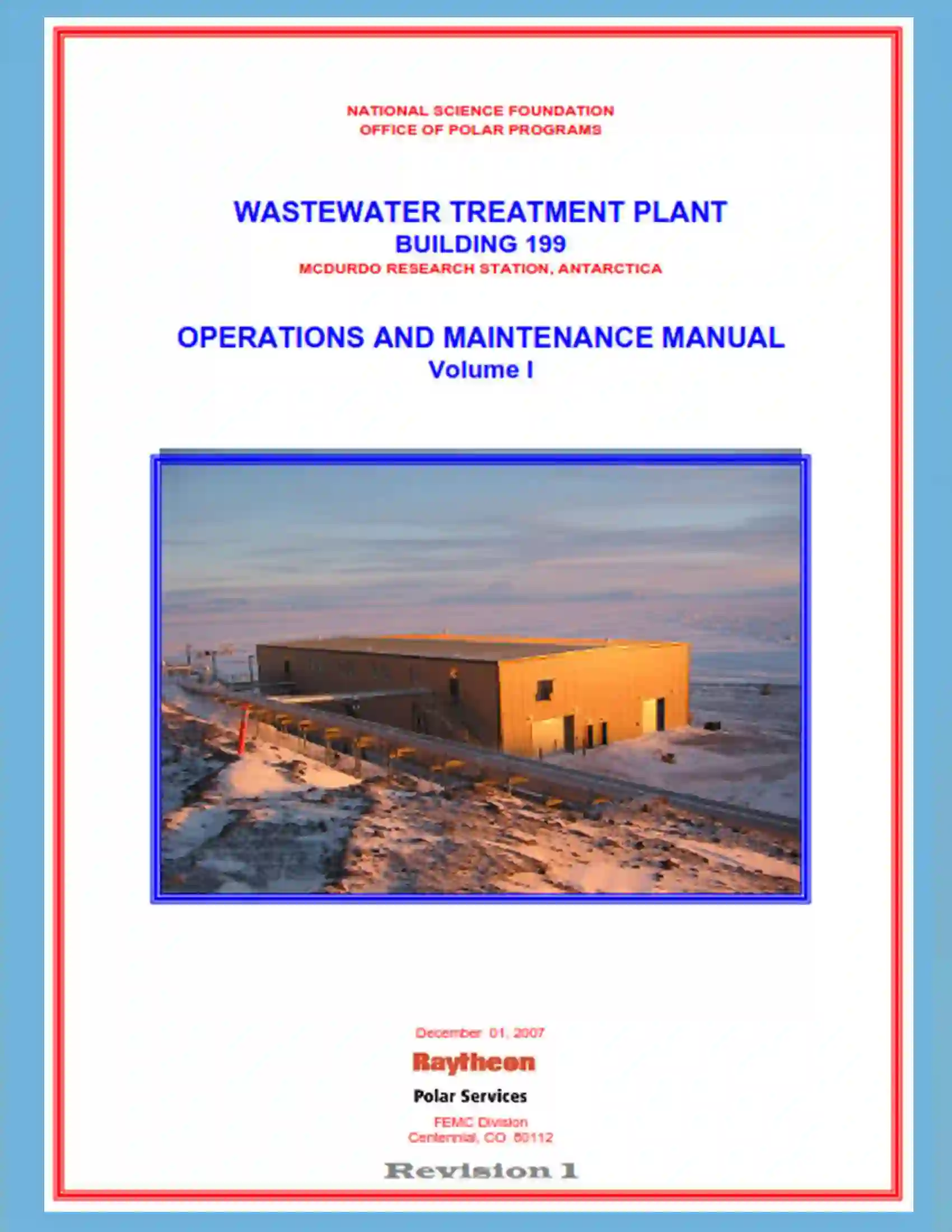
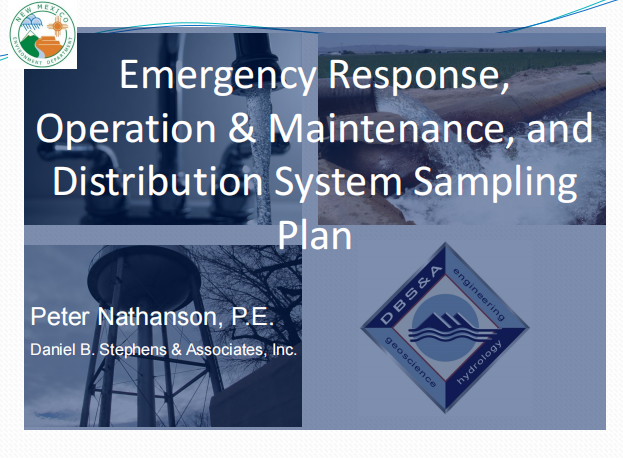
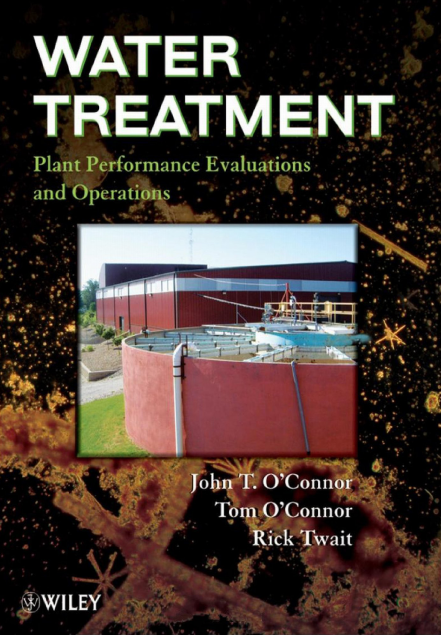
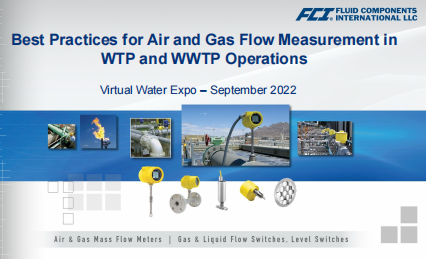
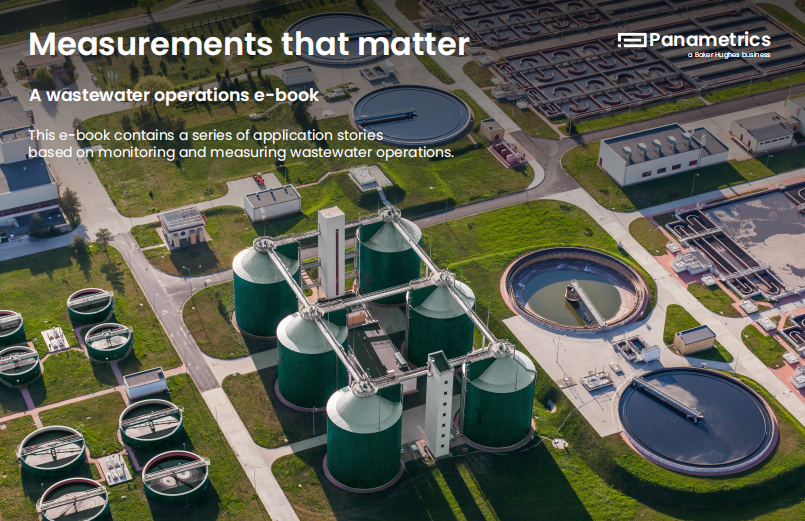
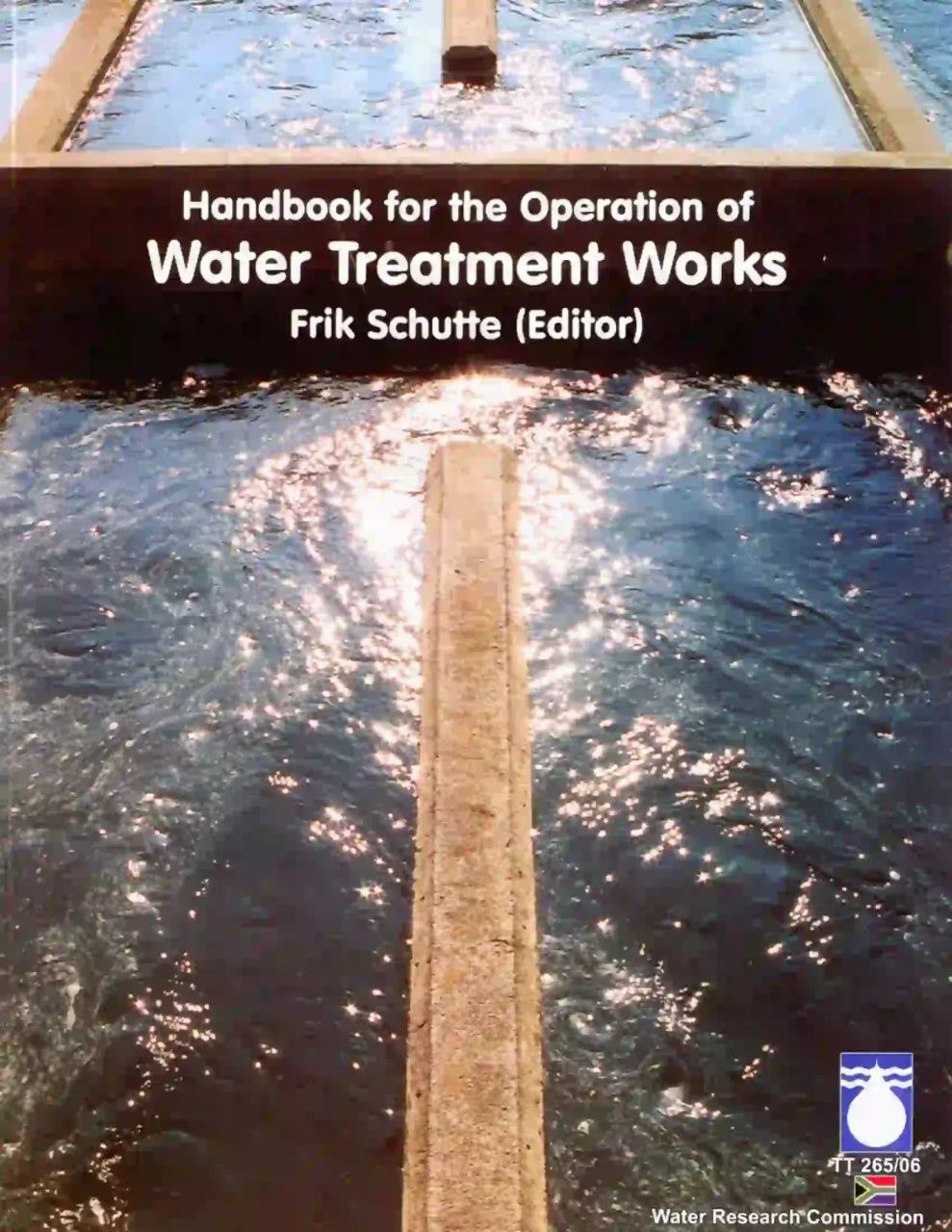
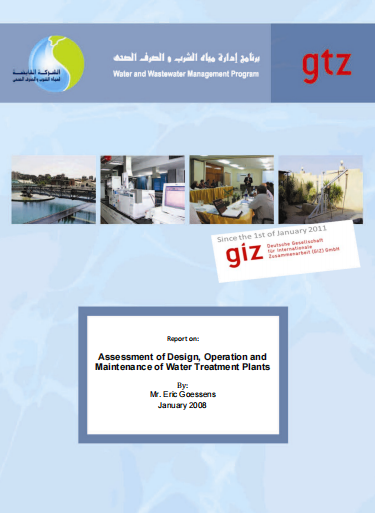

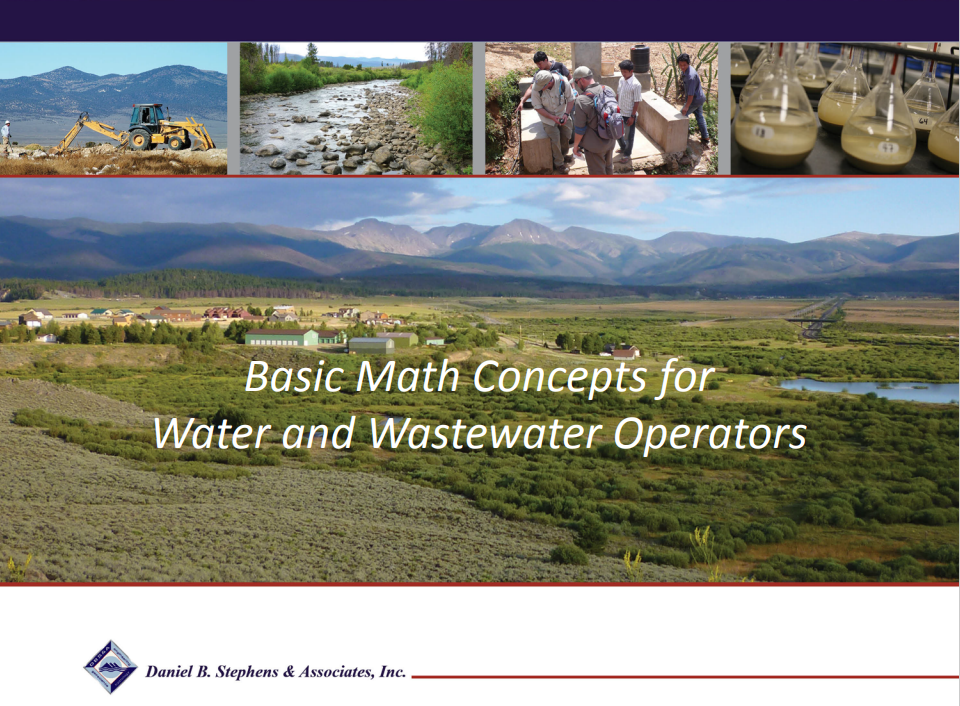
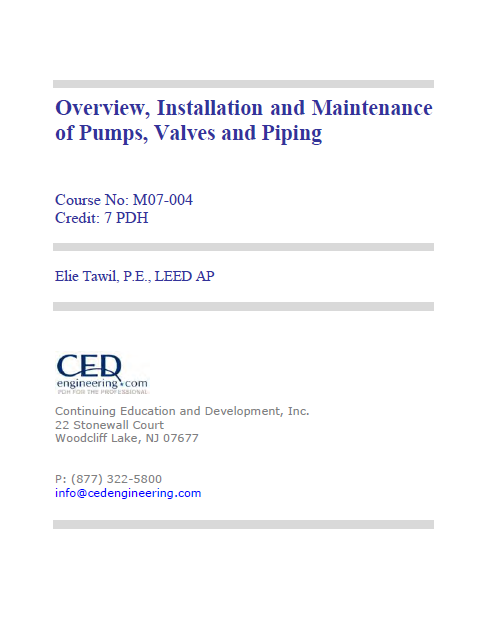
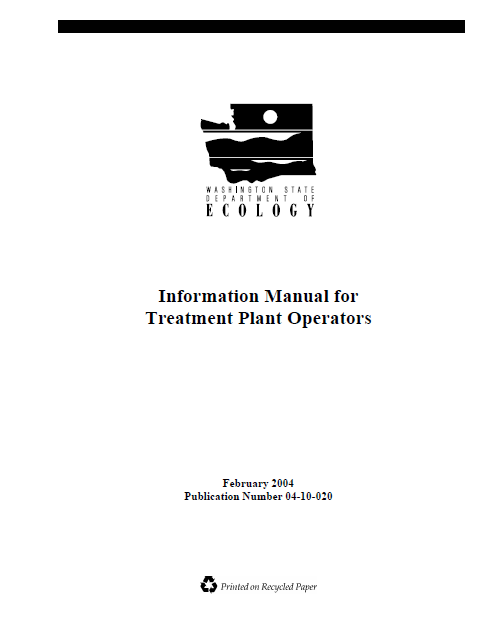
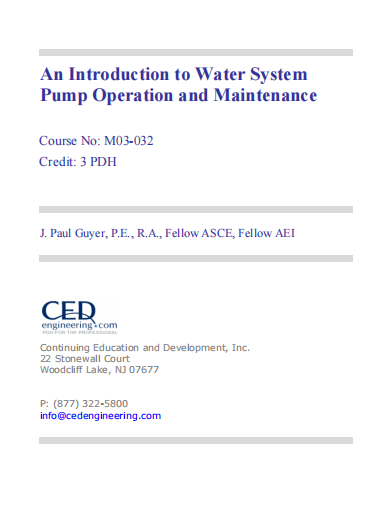
Reviews
There are no reviews yet.